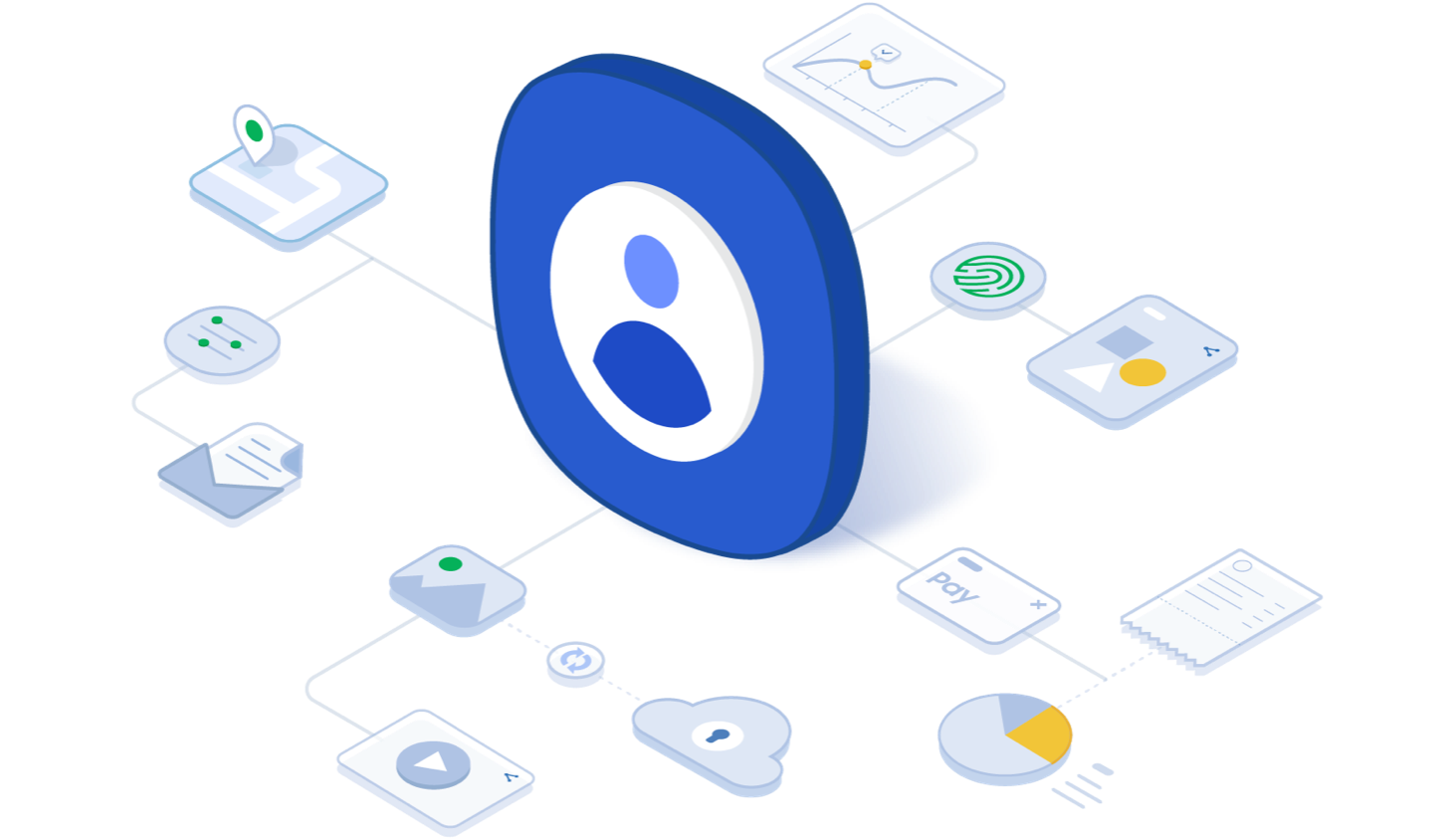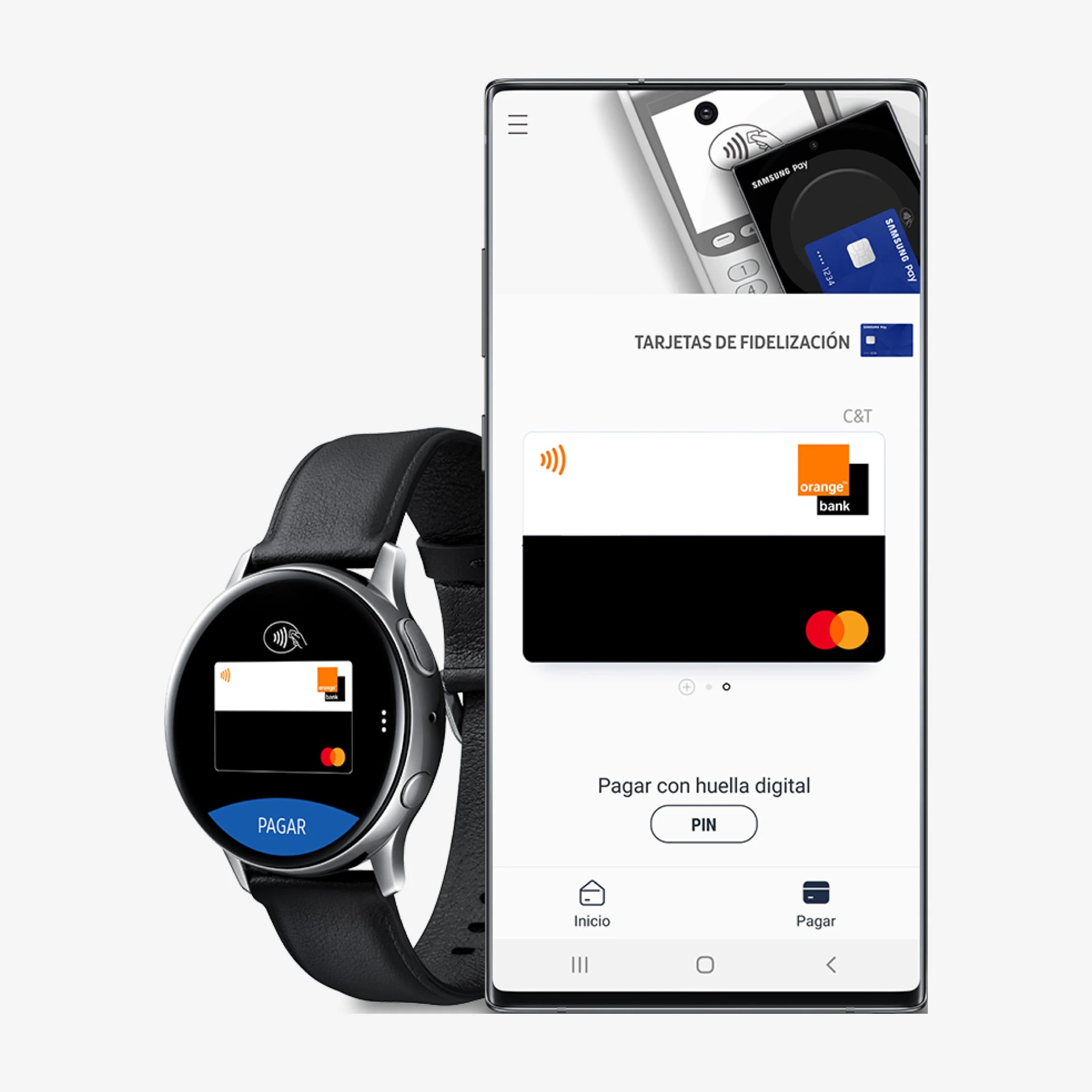
SAMSUNG | UX research
Family & Child Account
Overview
Project Brief
Samsung Account for Children and parental control.
Role
Closely worked with: 3 UX designers & researchers, 1 GUI designer
Collaborated with: 2 Product managers, 1 lawyers.
Duration
2022.02-2022.05
Process summary.
As a UX researcher and strategist, I participated in the “Samsung Account renewal project” for family members. I took the main role in the below tasks.
UX research (Interview, qualitative & quantitive survey, user testing)
Competitive analysis (Apple, Google, Microsoft. etc.)
Product & service design strategy
Building Account UX principal

What was the problem?
The more children become familiar with digital devices, the more they are exposed to digital addiction and threat of crime. However, using parents’ account together is uncomfortable for both parents and children.
Therefore, this project aims to build healthy digital usage habits for children and ensure the privacy & security of family members.
Child-Parents : Solve the problem of family members’ contents mix, Manage healthy digital usage habits.
Samsung : Competitive advantage is needed, Locking-in users into Galaxy eco-system.
Main Challenges.
UX research & strategy
I conducted both quantitive surveys and in-depth interviews. I researched not only children’s digital health but also family members’ concern about the privacy issue.
Then, I conducted competitive analyses of Google, Microsoft, and Apple to understand the strengths and weaknesses of existing services.
As a result, I derived design direction, key features, Information architecture, and user journey map.
Step 1. Analyze users’ needs & pain point
I surveyed 300 people; half of the respondents were new to the family account, and others were already users of other companies’ family account. These are key insights from the survey. (Detail: confidential)
1. Providing benefits clearly when users set-up their devices is important.
2. Special UX for “public device” is needed.
3. Categorizing related services, by short-term and long-term focus.
Step 2. Competitive Analysis
Analyzed Google and Apple’s Family account and derived UX insights. By doing this, I got more specific considerable points in the UX level.
Step 3. Design strategy
Key points:
[ Secure, easy, micro-manageable UX ]
Step 4. User-centered feature development
Main features
Provide overall benefits of the Family account “Creation” step.
Show clear managing status in the “Use” step.
Carefully change the child’s parents in the “Delete” step.
1. Create Account
2. Use & Micro manage
-
-
- -
Design principal
-
1. User-friendly creating account
Provide brief information about the creation process, such as prerequisites.

-
2. Provide benefit of Samsung account
In each creation process, clearly explain each feature’s usage cases.

-
3. Easy parental control
Show children’s digital usage data in organized ways with graph visualization.

-
4. But, managing both ‘Privacy & Security’
Whenever parents try to adjust children’s activity, providing triggering point for conversation.

-
5. Considering Business expansion
Consider UX when 3rd parties become partners - such as Youtube and educational services.

Possibility of Account service
-
1. User - Build child's healthy digital usage
By monitoring a child’s usage history and having the conversation, parents can protect children from digital addiction and exposure to crime.

-
2. Business - family purchase & marketing
Since parents’ accounts are linked to children, the child can easily remotely request payment to their parents in both digital and physical environments.

-
3. Society - Attention to child's rights
Child’s privacy and protection is the subtle area, but there is not much attention. Some parents give their children a lot of digital freedom, but others overly interfere with their child’s usage patterns.
By developing this service, I can find the balance in the discussion between parents, children, educational experts, lawyers, etc.




